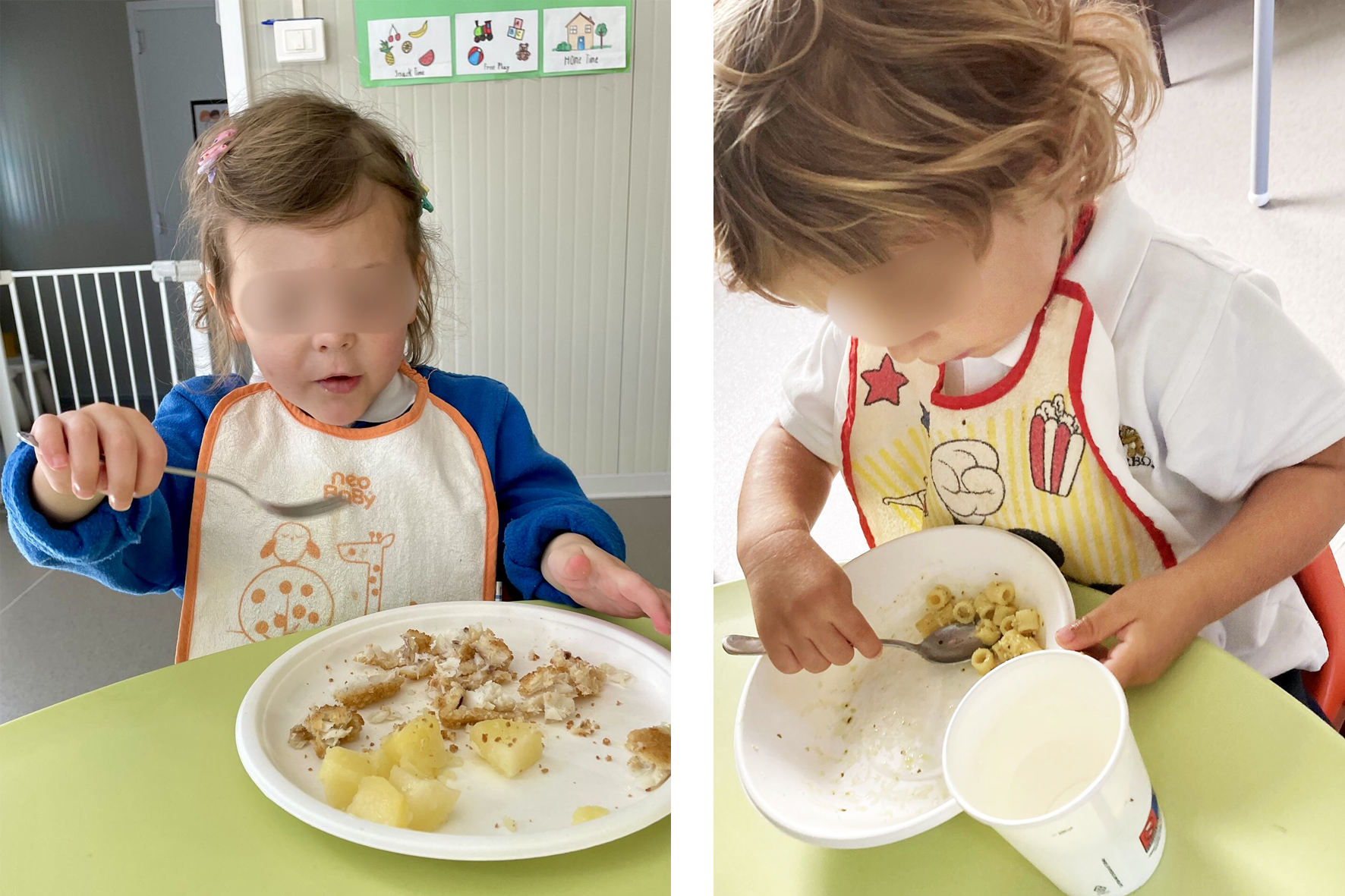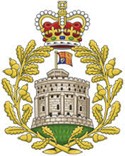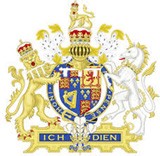
Prevention of food-related choking among children
10.04.2024In Europe, every year, 500 children die because of food-related choking, with a very high percentage between those aged 4 or younger.




Chatterbox was established in the year 2000 from the innovative idea of a unique, bilingual education system in Sardinia.
We are a Cambridge International School, registered to offer education programmes from
Cambridge Assessment International Education, part of the University of Cambridge.
We offer a set of monolingual (English) educational services for Nursery, Playschool and the evening English courses, and bilingual (Italian/English) educational services for the ministry-recognised Primary School and the Secondary Project (a bilingual course in preparation for the lower Secondary School level, following on from the Primary school).

Children exposed to different languages become more aware of different cultures, people and points of view, getting ready to become world citizens with open minds and develop a strong ability to embrace change.
Bilingual children have strong multitasking and concentration skills. They are often the earliest readers, and in general, they find it easier to learn other languages.
Bilingualism, as well as offering great study and work opportunities in adult life, has been found to delay the onset of dementia symptoms and to slow down cognitive ageing.
To find out more about the advantages of bilingualism please visit bilingualism-matters.org

In Europe, every year, 500 children die because of food-related choking, with a very high percentage between those aged 4 or younger.
